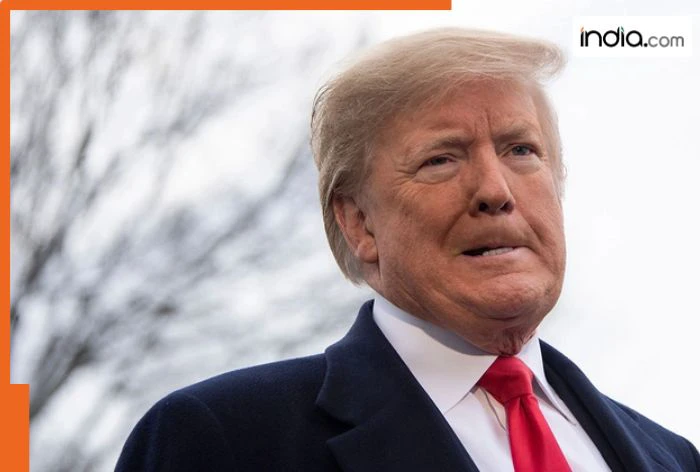Saudi Arabia has long been regarded as a strong ally of the US. However, in recent years, it has appeared to forge stronger ties with China.
The US has reconfigured its efforts to engage with Saudi Arabia by offering NATO-like security arrangements in return for Saudi Arabia’s recognition of Israel. But the long war in Gaza has stalled negotiations on this front. On the other hand, China has enhanced its outreach to Saudi Arabia by offering military cooperation. For its part, China has offered to provide J-10 fighter jets to Saudi Arabia, the same aircraft Pakistan falsely claimed was used to shoot down India’s Rafale during Operation Sindoor.
Which US Ally Is Moving Closer to China?
This disinformation was heavily propagated by China, Turkey, and the USA, all acting in their strategic interests. None of these countries could provide any actual evidence for this. China is now taking this same narrative to market its weapons. It has labelled the J-10 fighter jet as a combat-verified aircraft. Despite its effort, no country-including Saudi Arabia-has yet made any formal commitment to purchase the J-10 jets.
While speaking to Amwaj.media, a researcher specializing in Middle East affairs at China’s Northwest University stated, “One of the reasons why Saudi Arabia prefers western weapons over its Chinese equivalent is because Chinese weapons have not seen combat in recent years.” Furthermore, he stated, “This may change now that the Chinese-made J-10 fighter jet has drawn its first blood.”
What Deal Has China Offered?
Saudi Arabia has consistently relied on the United States for both its security needs and the sustainability of its petrodollars-driven economy. Due to this, Saudi Arabia remained one of the largest defense buyers of America. However, in recent years, there has been tension in the relationship between the two countries.
During Joe Biden’s presidency, the U.S. appeared willing to distance itself from Saudi Arabia, most notably by stopping support for its fight against Houthi rebels; even though, at Washington’s request, Saudi Arabia had created a military coalition against the Houthis. The U.S. further stressed the relationship by removing air defense systems from the Middle East in order to bolster European security because of the situation with Russia.
Consequently, Saudi Arabia has sought alternative partners for defense cooperation to lessen its reliance on Washington. Meanwhile, turning fully away from the dependency on Washington and towards China is still complicated.
Seeing an opening, China’s intensification in its outreach has included offers of military equipment (i.e., ballistic missiles, drones, howitzers, and air defense systems), at competitive prices and unconditional options. So far, however, Saudi Arabia has exported most of its new defense systems from the United States.
In May, the United States and Saudi Arabia finalized a $142 billion arms deal that the White House declared was the “largest defense sales agreement in history.” The agreement was completed during President Donald Trump’s visit to the Kingdom; this visit was the first stop on a four-day tour of the Gulf. It was the first example of the transactional nature of the foreign policy pursued by Trump.
